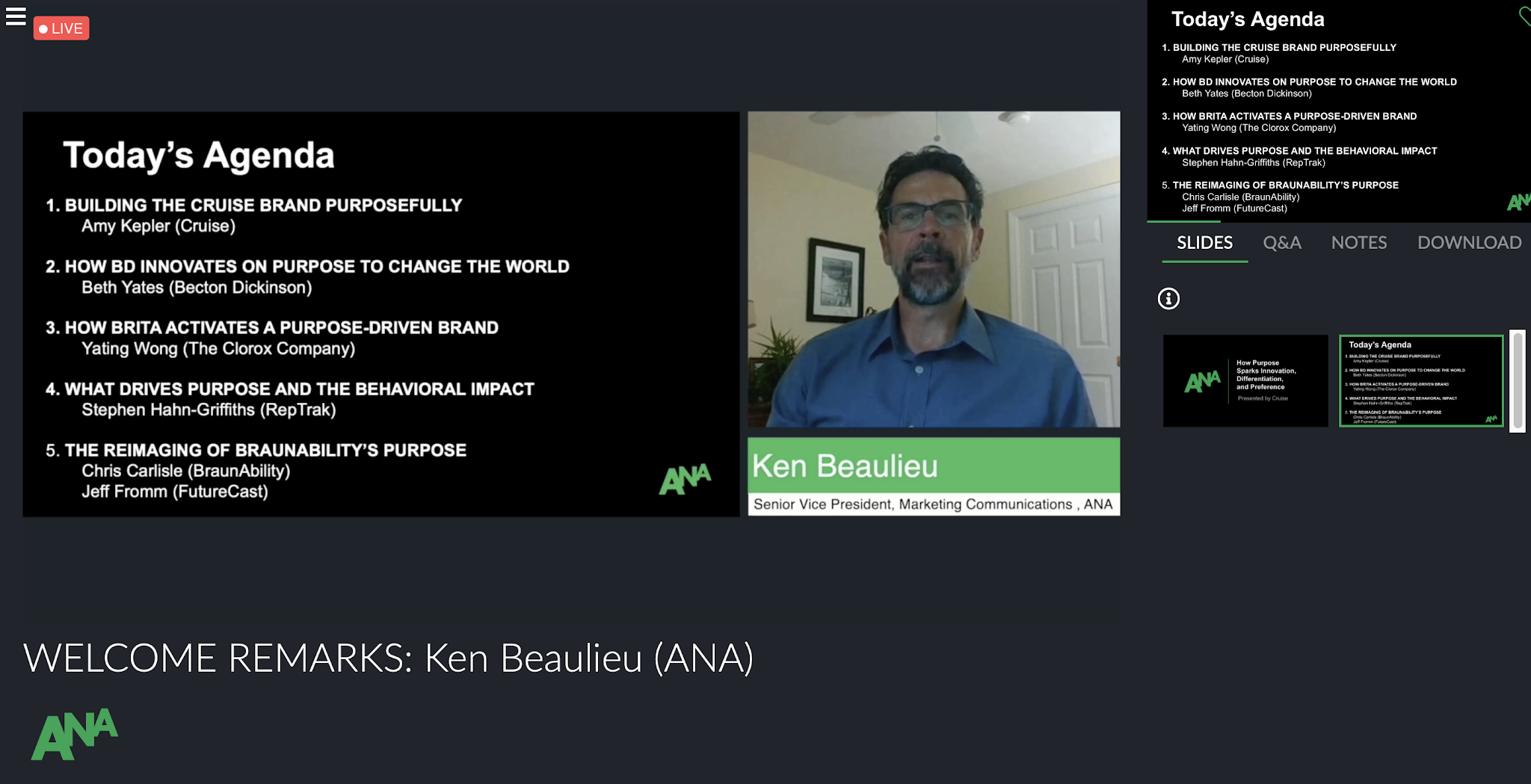Digital Innovation @ Fordham University | Taylor Becker
On February 5th, I was lucky enough to attend the Association of National Advertisers’ one day Digital Innovation talk at Fordham University. Sitting in a lecture hall in the Gabelli Business School, my fellow Bicsters and I got to hear the latest and greatest new marketing and technology innovations from CMOs of major companies, such as IBM, Waze, and Lego.
Iday Shanawaz was the first speaker, bright and early that morning. He focused on the predominant shift to e-commerce and the emergence of the digital consumer. The main concern, according to him, was that “organizations can’t move or collaborate as fast as the change in behavior.” Now is the time to learn how to or risk being left in the dust. The challenge for marketers is learning how to optimize new channels, acquire new skills, and leverage new technologies to develop branded experiences that drive growth. But because of this digital first attitude among consumers, customer journeys are now beginning on the internet which gives companies additional opportunities to engage shoppers and collect information.
He also discussed micro-moments which are a result of people turning to their smartphones to research, compare, and purchase products. As well as multi-sensory branded experiences where brands can create affinities by appealing to a consumer’s five senses. Because of all of this, the role of CMO is changing. They now have a bigger seat at the table. CMOs are expected to deliver growth in innovative ways. And if they succeed as a growth driver, the role of CMO can now be thought of as a “path to CEO.”
Using the aforementioned micro-moments as an example, the ability to target, personalize, and measure advertising interactions has never been as precise as it is today. These technologies make it easier to authentically connect and build meaningful relationships with customers. And according to Erin Clift, Global Marketing and Partnerships Head, Waze uses these innovations to put people at the center of its marketing strategy. They engage and transform the customer base into a community that builds its own brand by enabling them to submit travel times and route details that make daily commutes easier. Erin says,
this community is valuable and cannot be built with tech alone.
The company takes time to listen and places a special emphasis on nurturing the community to help inform and build a better product experience. For example, Waze launched a celebrity voice feature and one featured Cookie Monster from Sesame Street. Waze received backlash after the promotion ended. They cared enough to tell Waze and Waze listened. They they brought the lovable voice back on Cookie Monster’s birthday. The company also invests in forums and encourages users to vent to them about their needs and frustrations. Before Erin had worked at Waze, according to her they
had lost sight of what made the brand special. But, we fixed that by leveraging our community.
Another brand putting people first is LEGO. James Gregson Head of the Social Media Studio spoke to his team’s efforts in creating world class digital content. The challenge for brands on social media is creating compelling content that resonates and engages its target audience. So, they leverage social media trends to drive engagement on its own platform. The team identifies conversations on social channels and produces content relevant to those discussions. For example, when Tesla launched its Cybertruck, LEGO quickly created a related post which excited and amused followers. To keep them entertained, LEGO believes in an audience first approach by marketing across the demographic rather than the product. One strategy they have been known to employ is user-generated content. It’s cheap, it’s engaging, and most of all, it celebrates the fans. And, according to James it’s successful.
If you look at Instagram right now, I’d argue a minimum of one post a week is user-generated content. It’s zero effort. We don’t do anything. We just publish it and it performs really well on our platforms.
Although technology innovation is the way of the future, through all of these talks we can see technology is nothing without human behavior. Human centered technology, design, and marketing is what gives brands value in the long run. Digital innovation can be truly human.



